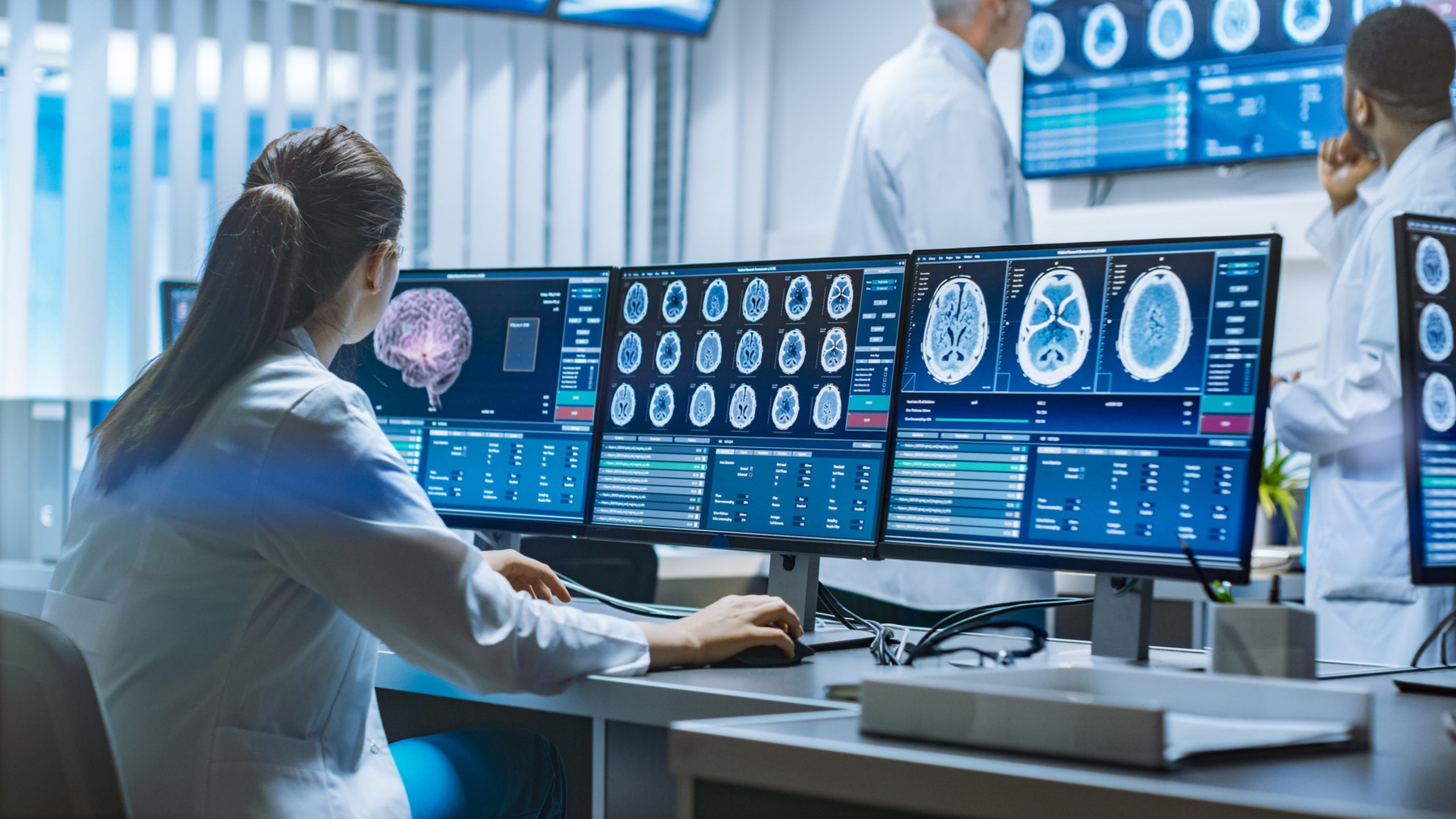Understanding Clinical Development: A Comprehensive Overview

In the rapidly evolving world of biotechnology and pharmaceuticals, clinical development plays a pivotal role in transforming innovative ideas into effective treatments. The process of clinical development encompasses a range of activities designed to evaluate the safety and efficacy of new drugs or medical devices before they reach the market. This phase is crucial for ensuring that new treatments are both effective and safe for patient use. Understanding the intricacies of clinical development can provide valuable insights into how new therapies are tested and approved.
The Importance of Clinical Development
Clinical development is the cornerstone of the drug development process. It involves a series of carefully designed and controlled studies that assess the safety, efficacy, and optimal use of new treatments. This phase follows successful preclinical research, which includes laboratory and animal studies, and is aimed at ensuring that a new drug or device is ready for human testing.
The clinical development phase is typically divided into several stages:
- Phase I: This initial phase involves a small group of healthy volunteers or patients. The primary goal is to evaluate the safety of the treatment, determine a safe dosage range, and identify any potential side effects. Phase I studies are crucial for understanding how the drug is metabolized and excreted by the body.
- Phase II: In this phase, the treatment is administered to a larger group of patients who have the condition the drug is intended to treat. Phase II studies focus on assessing the drug’s efficacy and further evaluating its safety. Researchers gather more detailed information on how well the drug works and monitor for any adverse effects.
- Phase III: This phase involves an even larger patient population and is designed to confirm the treatment’s effectiveness, monitor side effects, and compare the new treatment to existing therapies. Phase III studies provide the most comprehensive data on the drug’s benefits and risks and are essential for regulatory approval.
- Phase IV: Also known as post-marketing surveillance, this phase occurs after the drug has been approved and is available on the market. Phase IV studies monitor the long-term effects of the treatment and gather additional data on its performance in the general population.
Key Aspects of Clinical Development
Several key elements characterize the clinical development process:
- Study Design: Clinical trials must be meticulously designed to address specific research questions and meet regulatory requirements. This includes determining appropriate endpoints, selecting patient populations, and choosing suitable methodologies.
- Regulatory Oversight: Clinical development is subject to stringent regulatory oversight to ensure the safety and efficacy of new treatments. Regulatory agencies, such as the U.S. Food and Drug Administration (FDA) and the European Medicines Agency (EMA), review clinical trial protocols and results to grant approval for new drugs and devices.
- Ethical Considerations: Ensuring patient safety and obtaining informed consent are fundamental ethical considerations in clinical development. Participants must be fully informed about the risks and benefits of the study before agreeing to take part.
- Data Management: Accurate and reliable data collection and management are critical for the success of clinical trials. This involves recording and analyzing clinical outcomes, monitoring adverse events, and maintaining comprehensive study documentation.
Advancements and Challenges in Clinical Development
The field of clinical development is constantly evolving, with advancements in technology and methodology driving improvements in how clinical trials are conducted. Innovations such as digital health tools, personalized medicine, and advanced statistical techniques are enhancing the efficiency and effectiveness of clinical development.
However, challenges remain in clinical development. These include managing the complexities of multi-center trials, addressing patient recruitment and retention issues, and navigating regulatory hurdles. The rising costs of clinical trials and the need for faster development timelines are also significant concerns for the industry.
The Future of Clinical Development
Looking ahead, the future of clinical development promises exciting opportunities and potential breakthroughs. Advances in genomics, data analytics, and artificial intelligence are poised to revolutionize how new treatments are developed and tested. These technologies have the potential to accelerate the drug development process, improve the accuracy of clinical trials, and ultimately bring new therapies to patients more quickly.
As the field continues to evolve, collaboration between industry stakeholders, regulatory agencies, and patient advocacy groups will be essential for addressing challenges and driving innovation in clinical development. By working together, we can advance the science of medicine and improve outcomes for patients worldwide.
In conclusion, clinical development is a critical phase in the journey from innovative ideas to effective treatments. Understanding its processes and challenges provides valuable insights into how new therapies are evaluated and approved. As we move forward, ongoing advancements and collaborations will play a crucial role in shaping the future of clinical development and improving patient care.
